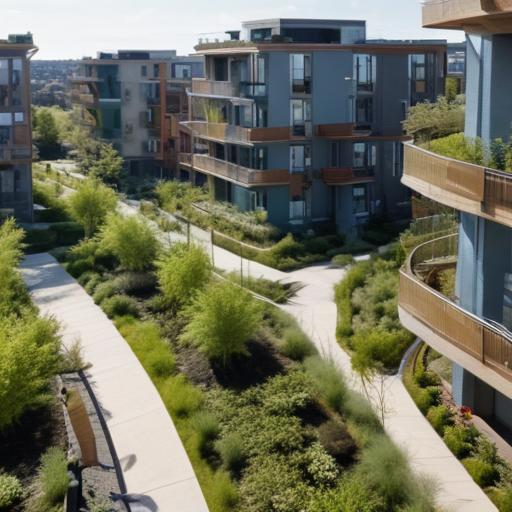New York City has reached a significant agreement aimed at creating over 620 affordable housing units in Lower Manhattan, while also ensuring the preservation of the Elizabeth Street Garden as a community space. Mayor Eric Adams and Councilmember Christopher Marte announced this collaborative plan on Monday, which notably contrasts with earlier proposals that suggested replacing the garden with housing developments.
As part of this new initiative, the city will temporarily halt redevelopment plans for the garden and will instead rezone three alternative locations within Council District 1. This strategic change is set to deliver more than five times the original number of affordable housing units initially proposed.
The first site involved is located at 156-166 Bowery—a cluster of seven lots spanning roughly 15,000 square feet situated between Broome and Kenmare Streets. This location is projected to include at least 123 affordable units designated for seniors, developed in partnership with Kinsmen Property Group. The second site, found at 22 Suffolk Street, is a city-owned plot measuring 15,500 square feet, expected to yield around 200 affordable units. Both sites will undergo review through the Uniform Land Use Review Procedure (ULURP). Additionally, previously announced initiatives at 100 Gold Street aim to unlock up to 1,000 homes, including a minimum of 300 affordable units.
A key highlight of the agreement is the commitment to maintain the Elizabeth Street Garden as a public green space, open daily from 8 AM to 8 PM, under terms that will be enforceable by the city. There are also plans for the garden’s potential integration into the New York City Department of Parks and Recreation.
Councilmember Marte expressed optimism, stating, “This incredible win-win for our community shows exactly why we should never give up. Since the beginning of this fight almost a decade ago, we’ve been saying that we can save community gardens and build new affordable housing. And with this historic agreement with Mayor Eric Adams, this will be the largest influx of new, permanently affordable housing in Lower Manhattan in decades.”
This cooperative plan not only addresses the urgent need for affordable housing in rapidly gentrifying neighborhoods but also ensures that cherished community spaces like the Elizabeth Street Garden are preserved for future generations. This agreement represents a hopeful and progressive step in balancing urban development with community welfare.
